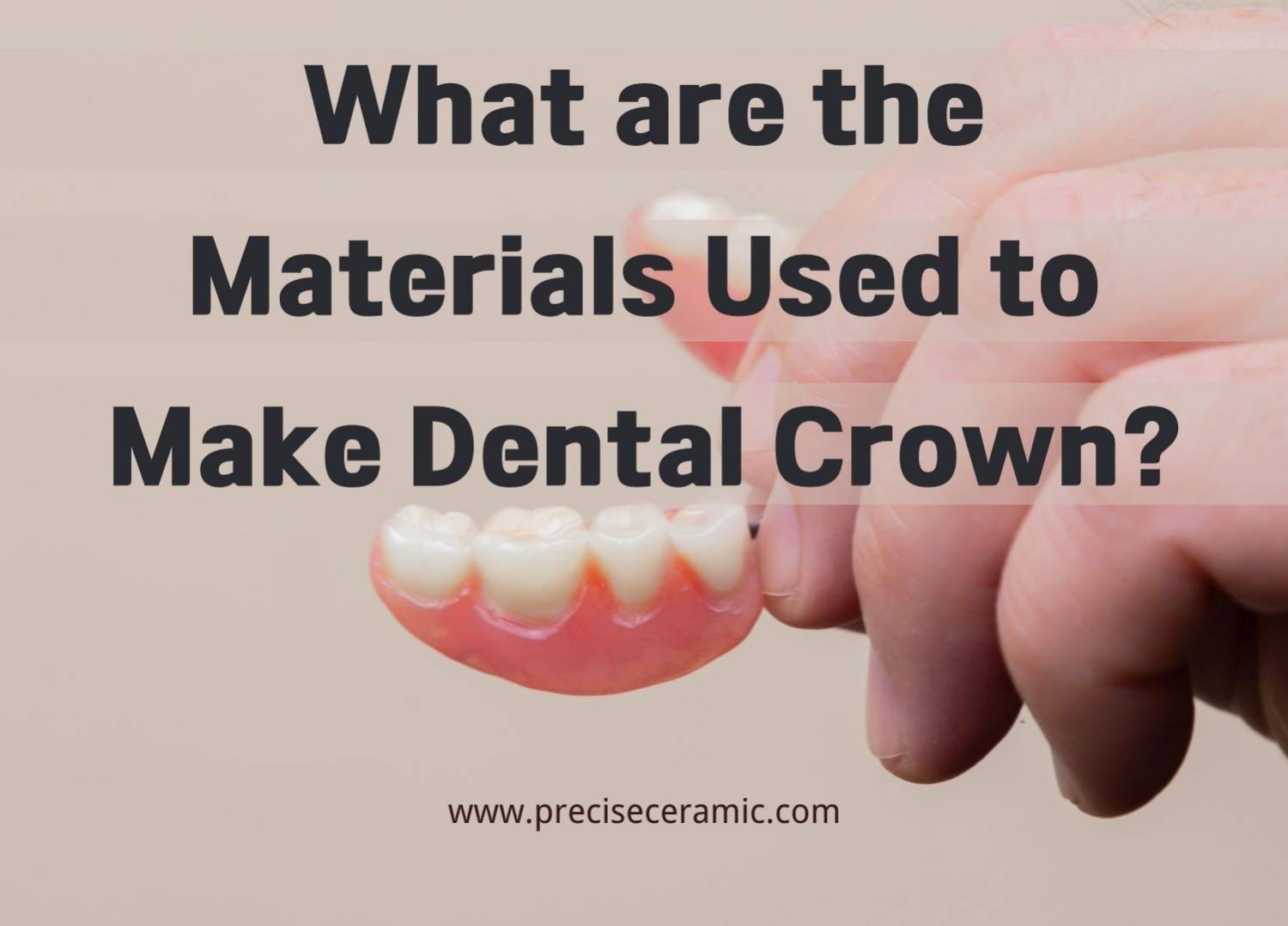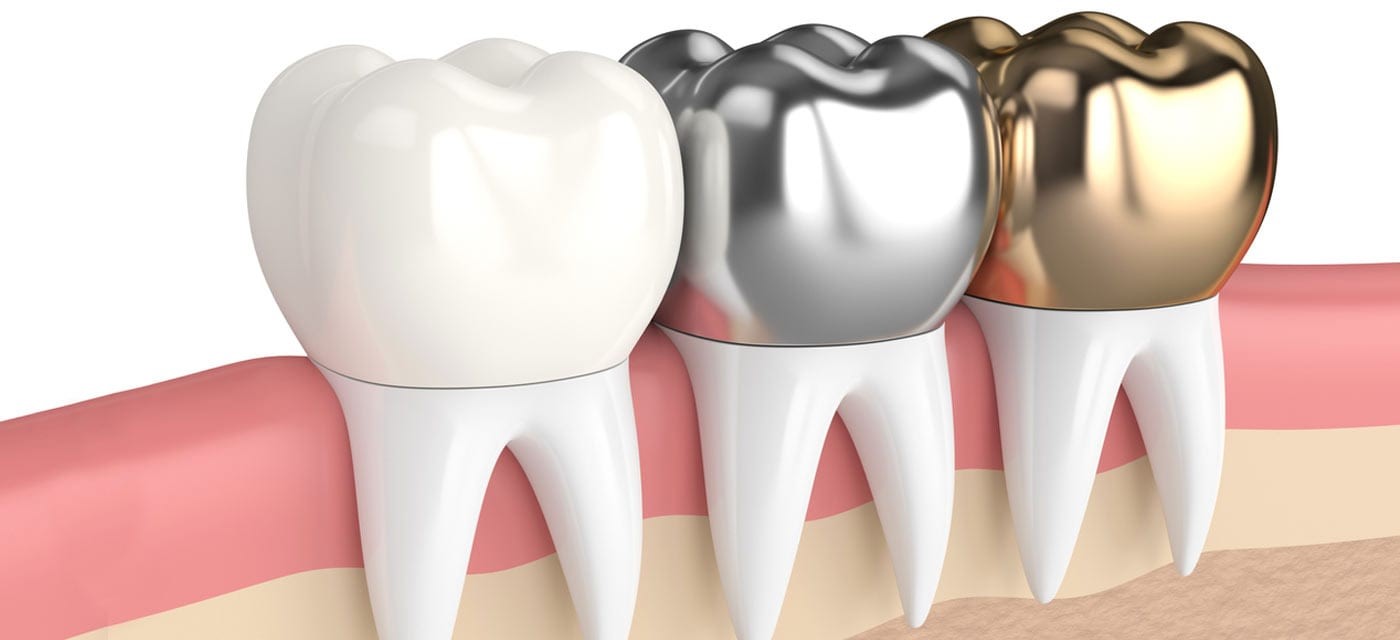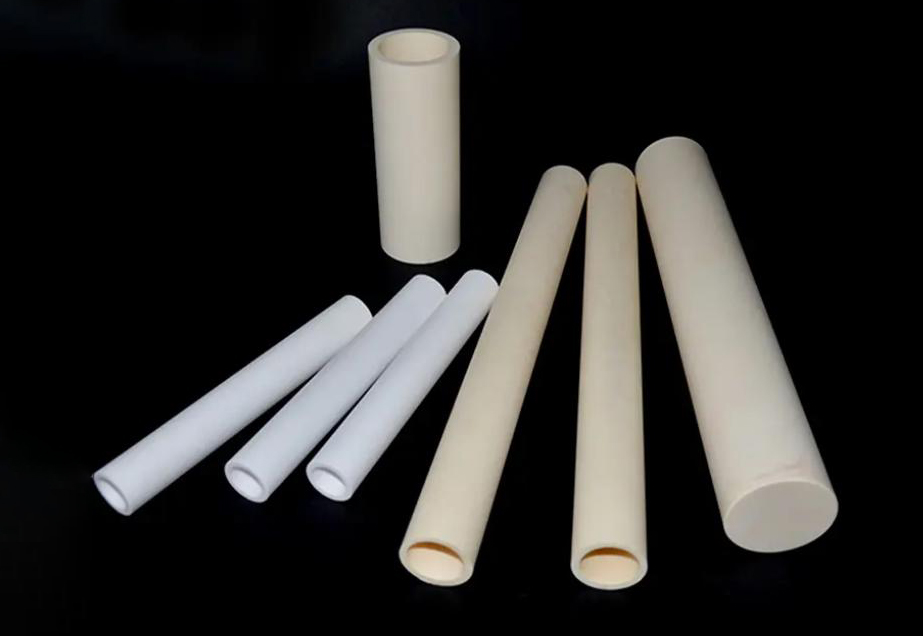What are the Materials Used to Make Dental Crown?

Dental crowns are a staple solution in almost every dental clinic. Have you ever wondered what materials dental crowns are made of. Obviously, to withstand the countless chewing, candies, and different food substances that go through your mouth each day, dental crowns must have the same strength as your natural tooth. This invariably informs the type of materials used in making dental crowns. Generally, we can expect that the materials used for making dental crowns are tough, and resistant to discoloration, wear, and the harsh environment inside the mouth. But before we discuss these materials in detail, let’s look at an overview of dental crowns
What is a Dental Crown, and Why Do Some People Need it?
Just as the name implies, a dental crown is a type of cap or crown used to cover a damaged or diseased tooth. Its primary function is to restore the aesthetic and functional state of the healthy tooth. Dental crowns are also installed to protect a weak tooth from fracturing due to an accident or impact, replace a gap caused by cavities, or cover a discolored tooth or dental implant.

In essence, a dental crown serves two primary purposes: to strengthen the damaged tooth and improve its appearance or alignment. You can get a dental implant in almost all dental clinics.
What are the Materials Used to Make Dental Crowns?
Considering the unique environment where dental crowns will be placed, it is no wonder that they are commonly made of materials like metal alloys of gold, silver, titanium, and a combination of other metal alloys. Other essential materials used to make dental crowns include ceramic compounds like zirconia, Emax, and porcelain.
Ceramic Crowns
Here are the most commonly used ceramic materials for making dental crowns:
Zirconia
Zirconia, obtained from zirconium (a metal similar to titanium), is a very important artificial stone. Many dentists use zirconia to create sturdy and reliable dental crowns. Unlike gold or other metallic dental crowns, zirconia dental crowns are made to match the color of your teeth so that they can be implanted in front of the teeth. Zirconia crowns also do not react with chemicals and bacteria, and it doesn’t decay with exposure to food because it is unreactive.
Further Reading: Zirconia Ceramics For Crown Implants Application
Aluminous Crown
Aluminum Crowns are pre-carved with anatomical occlusal surfaces and tooth-shaped cross-sections. This makes them easy to adapt to the preparation without time-consuming axial shaping.
Emax Crown
Emax crowns are other reliable ceramic crowns obtained from a lithium disilicate ceramic material. It’s completely translucent, making it almost invisible even from a close range. Some people think that Emax is the most durable dental crown material out there. It doesn’t chip easily, and it lasts almost a lifetime if done correctly. People often use zirconia for the molars and premolars, while Emax is commonly used for your front teeth or canines. This way, they can easily blend with the colors of the enamel — and more people see them more often. However, Emax dental crowns are more expensive than zirconia.
Porcelain
People who don’t like the color of gold crowns often prefer to use porcelain crowns. This is because the material looks almost exactly like the color of the natural teeth, and it also has a similar texture. Although, people have reported that they can stain if you drink a lot of coffee or red wine. However, this is not a common situation with porcelain crowns. Besides, porcelain is very durable, and can be used for decades.
Metal Crowns
Metal crowns can be in the form of gold, which is most commonly used, titanium, and even allies of gold and ceramics, or other combinations that produce reliable dental crown solutions.
Gold
These are very reliable and are mostly used for dental crowns placed on your back teeth. Gold has a characteristic color which is why some people may not like to have it installed in the front of their teeth. Unless you’re not comfortable with the color, gold is a fine choice, as it is extremely sturdy and durable. This means that it can last for decades as long as you keep good oral hygiene.
Stainless Crowns
Stainless steel crowns are typically used to restore primary or infant teeth. They are placed after pulpotomy treatment or when normal cavity fillings like amalgam fillings, are likely to fail.
Alloys
There are different types of alloys used to fabricate dental crowns. In general, the types of alloys used to make dental crowns can be high noble (precious), noble (semiprecious), or non-noble (non-precious). These alloys are often strong as they are a composite of metals and other materials, such as ceramics. For instance, this can be all-metal or porcelain-fused-to-metal, in which case the entire crown has a metal layer underneath and a porcelain/ceramic covering it.
Conclusion
In conclusion, dental crowns are a remarkable solution that can restore the health and functionality of your teeth. Because of their flexibility and durability, they make a reliable solution for several dental issues. For more information, please visit https://www.preciseceramic.com/.
{{item.content}}
LEVE A REPLY
{{item.children[0].content}}
{{item.content}}
LEAVE A REPLY
SUBSCRIBE OUR NEWSLETTER
- Boron Nitride in Cosmetics: Enhancing Performance and Sensory Appeal
- Maximize MOCVD Yield and Purity with Hexagonal Boron Nitride Setters
- What Are the Advantages and Uses of Boron Nitride Ceramic Sheet?
- The Compression Annealing Advantage for Pyrolytic Boron Nitride
- Beyond Insulation: The Surprising Spectrum of Ceramic Thermal Conductivity










